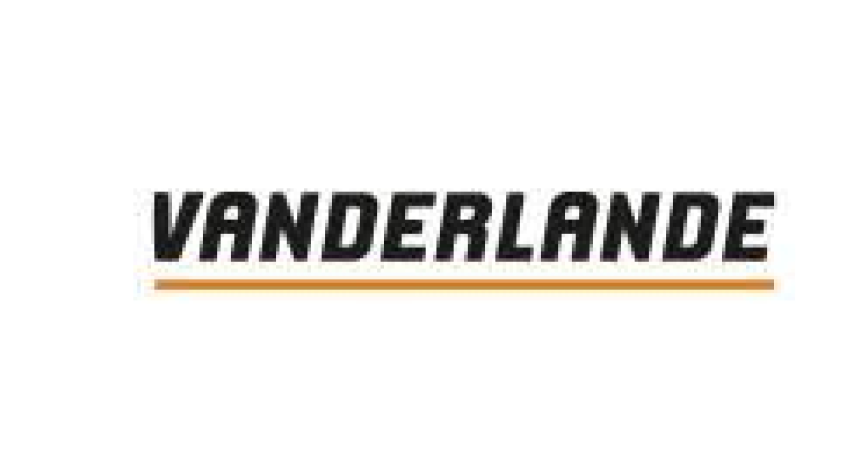
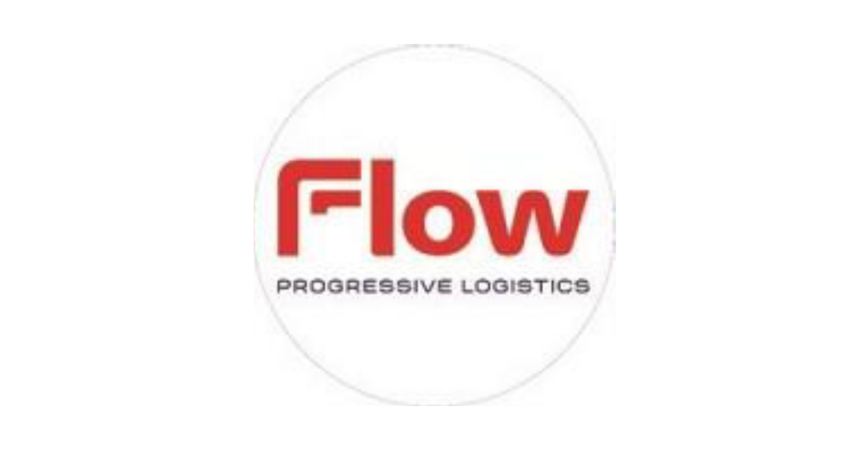
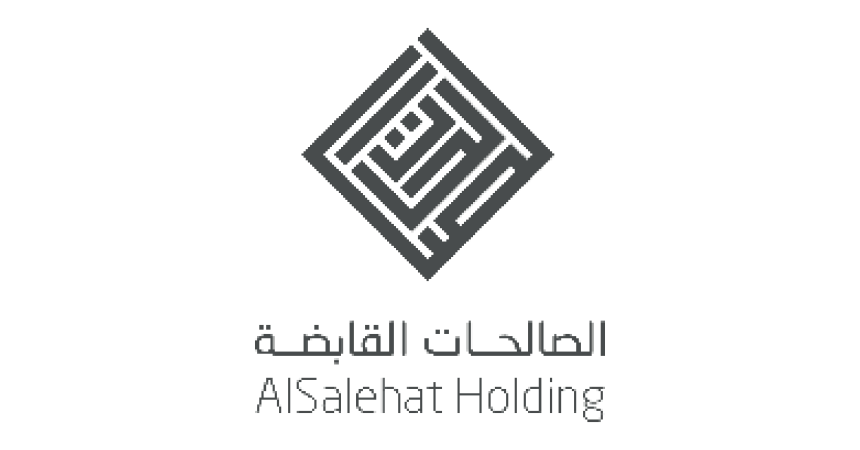


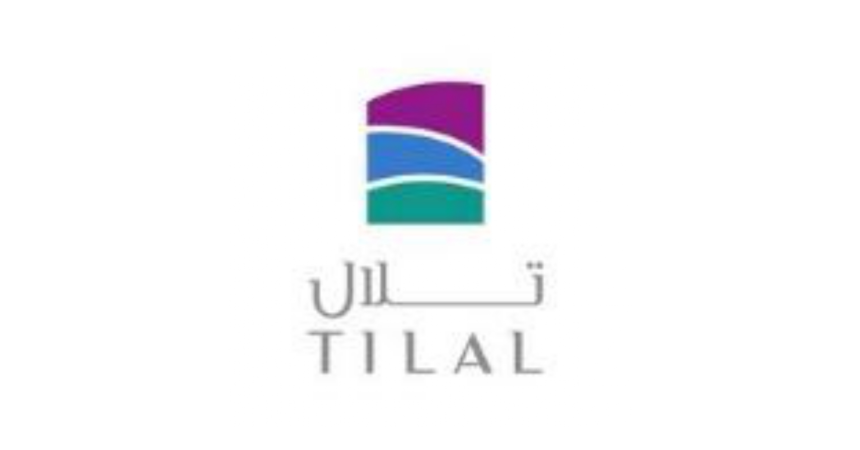
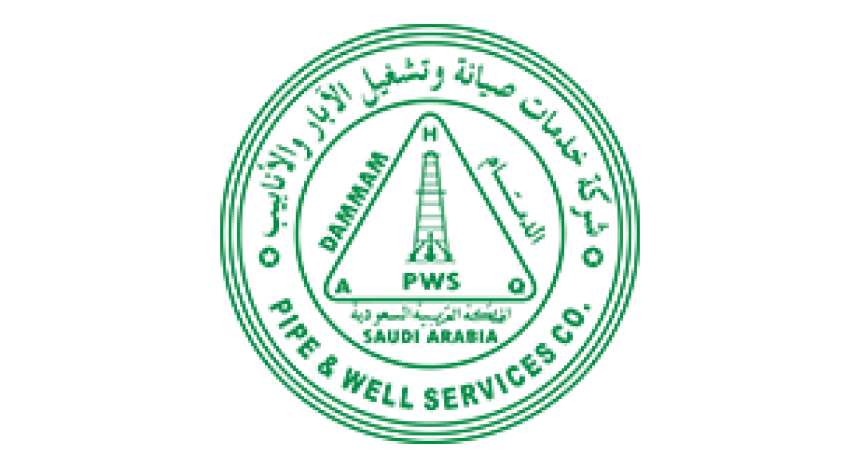

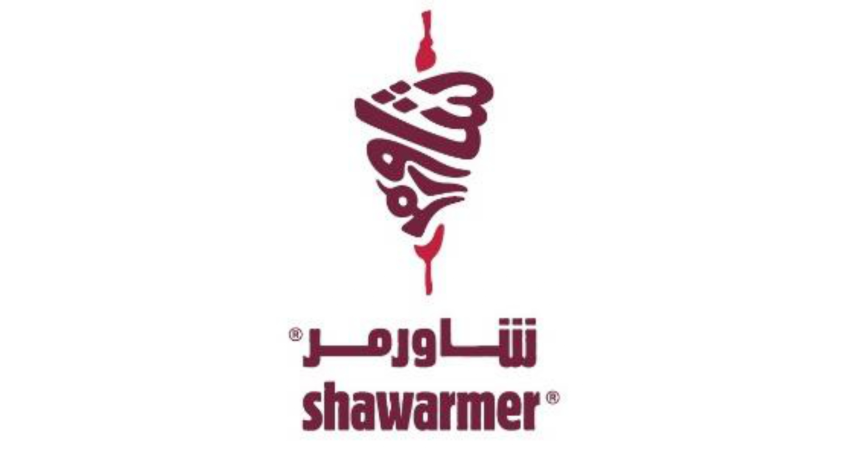
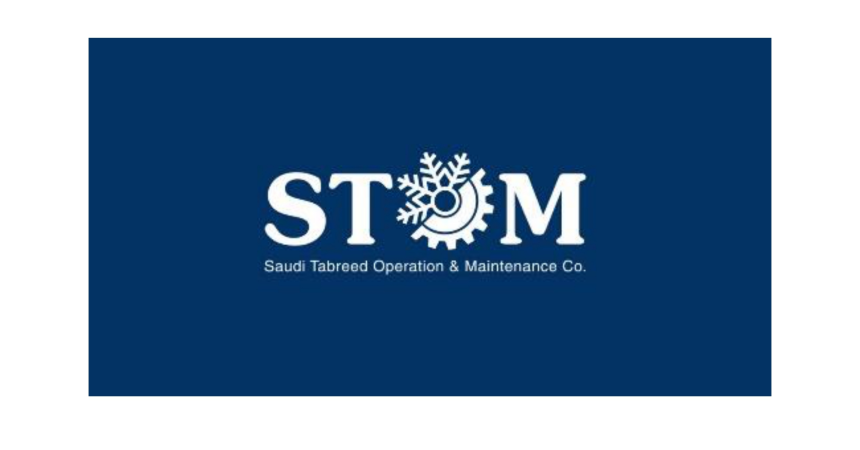

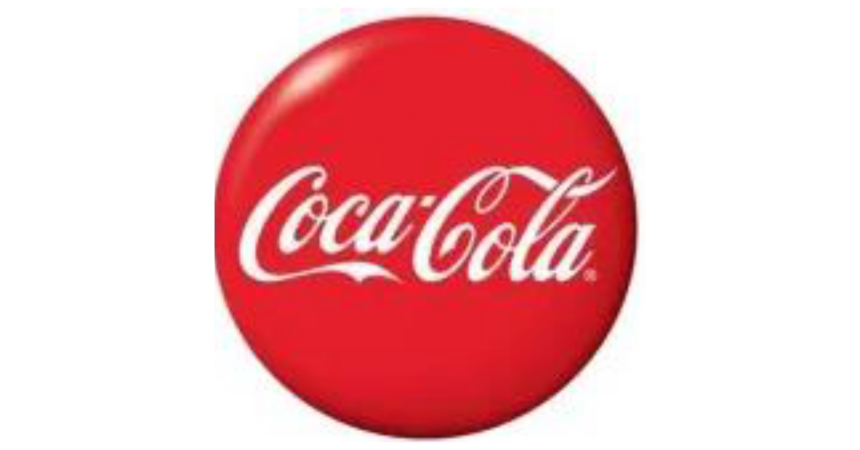

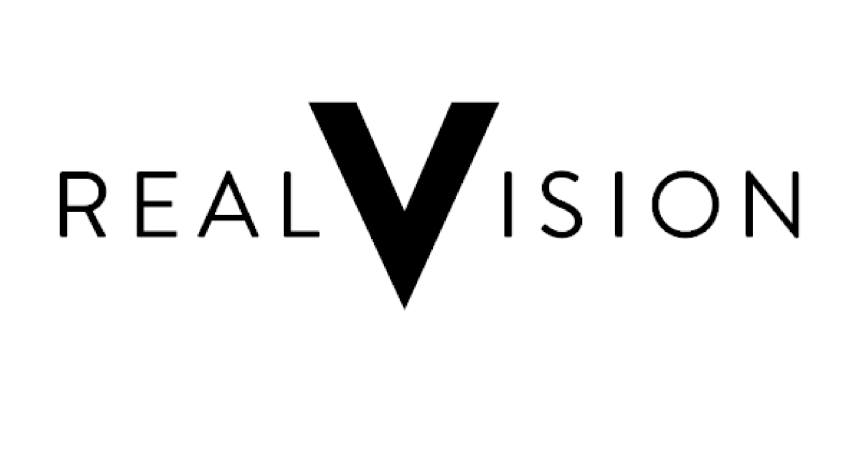
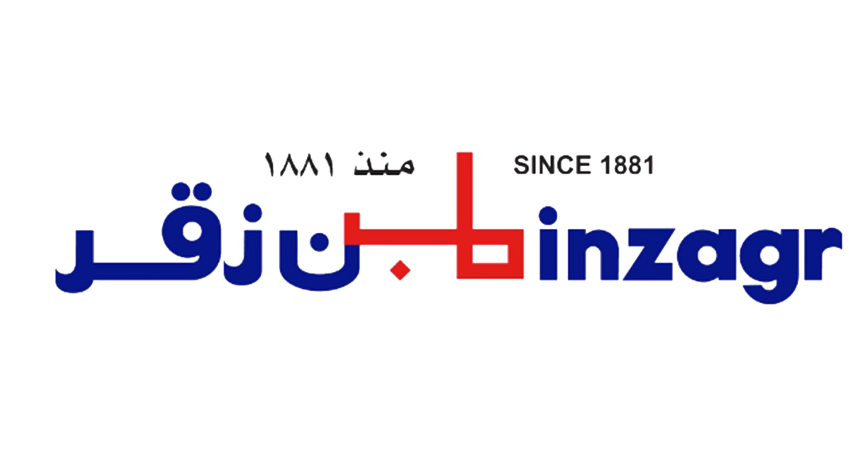
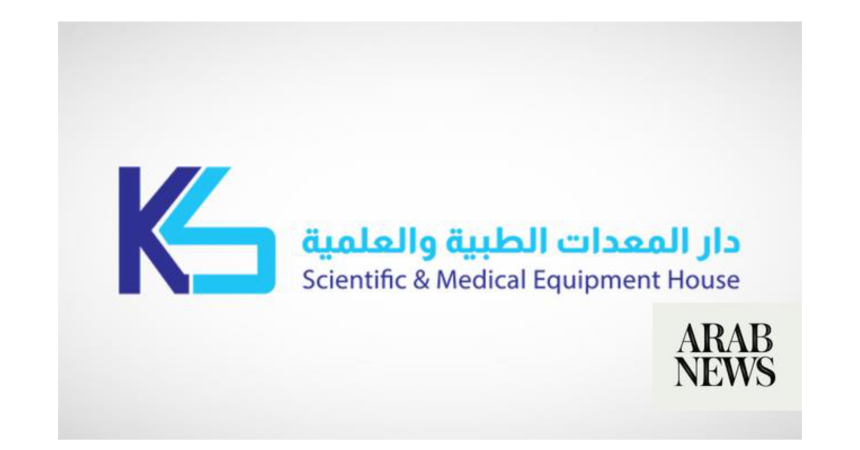
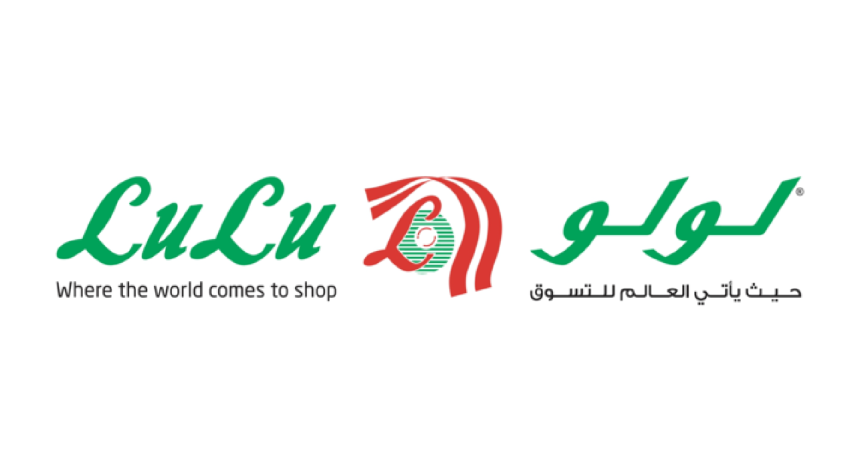

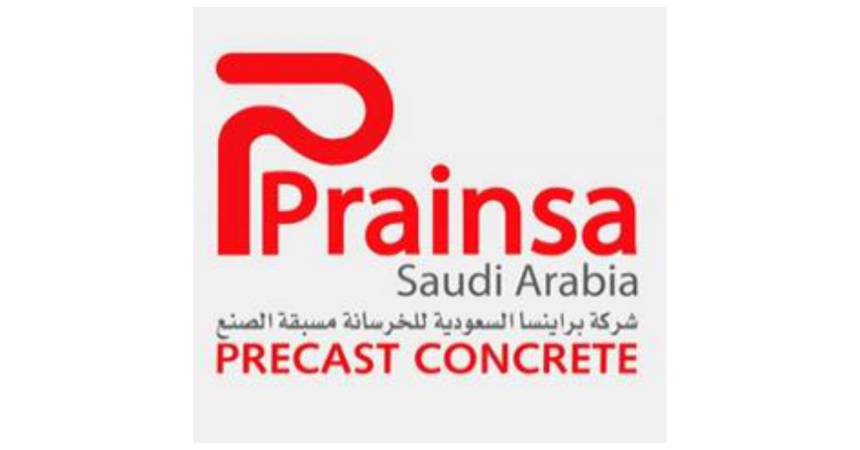

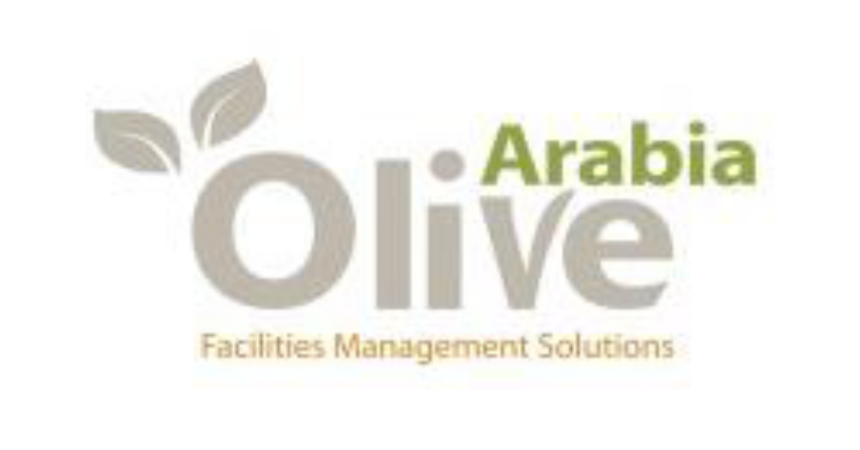

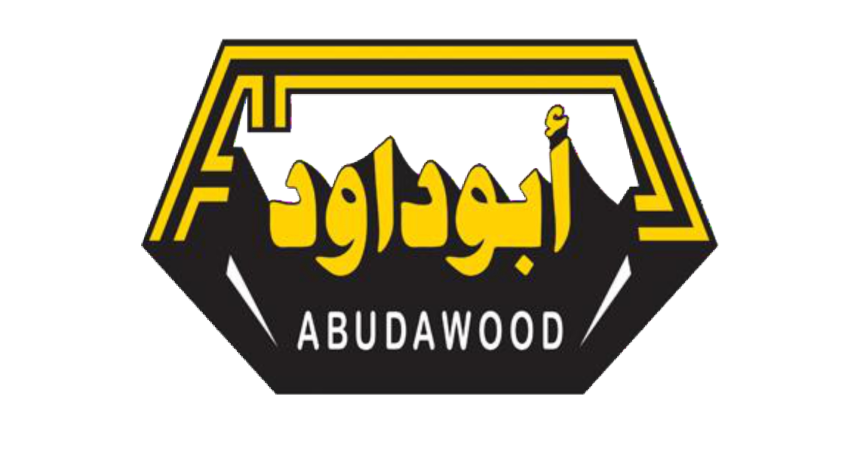

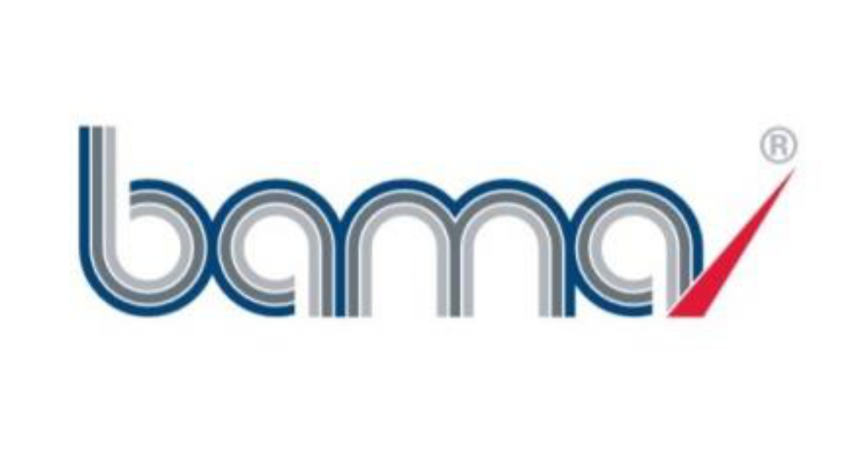
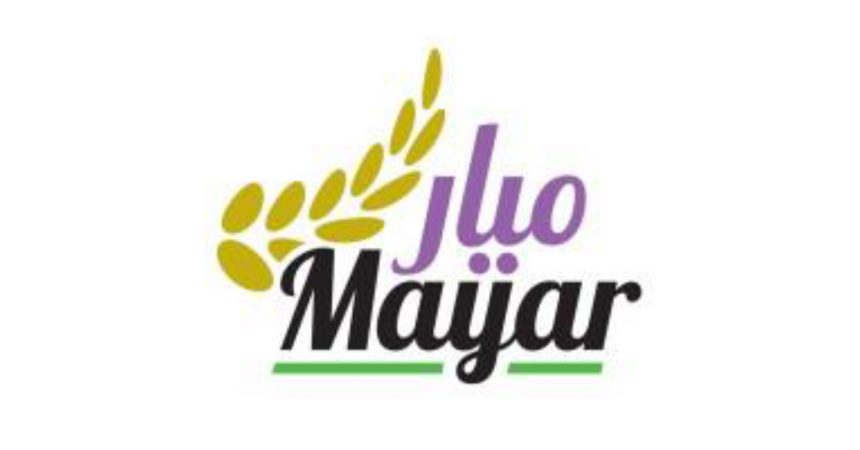





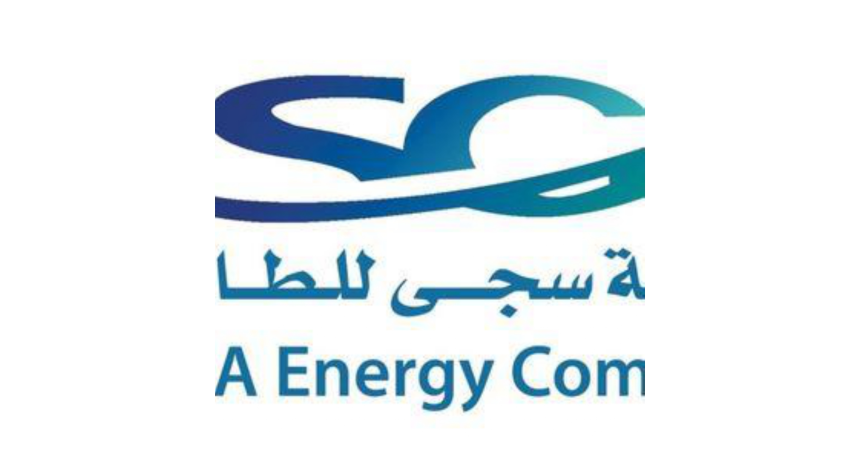
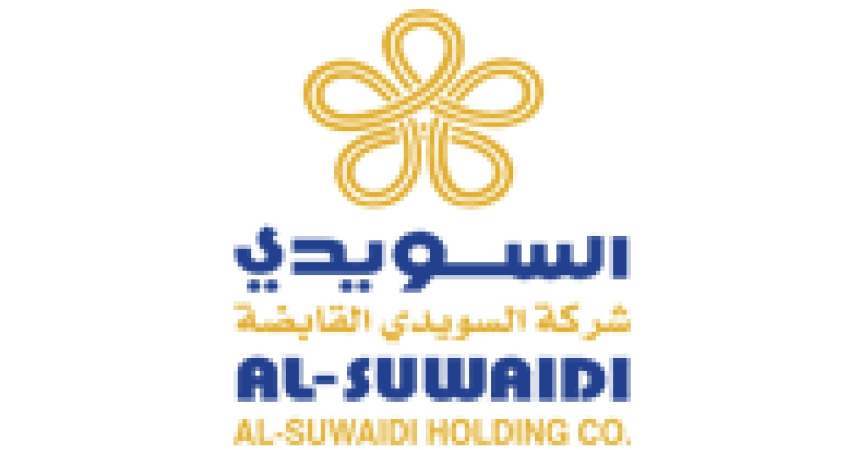
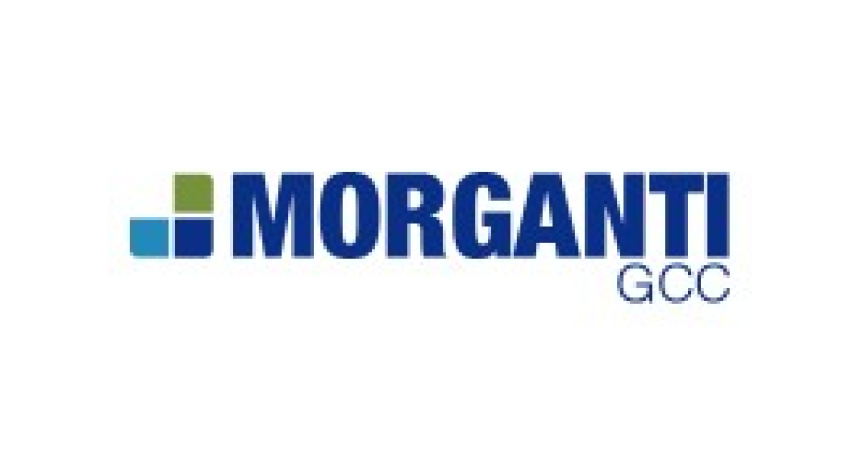
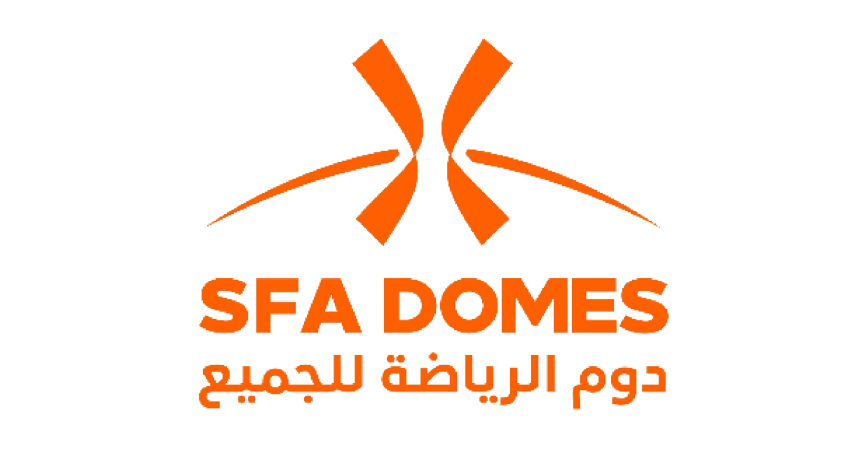

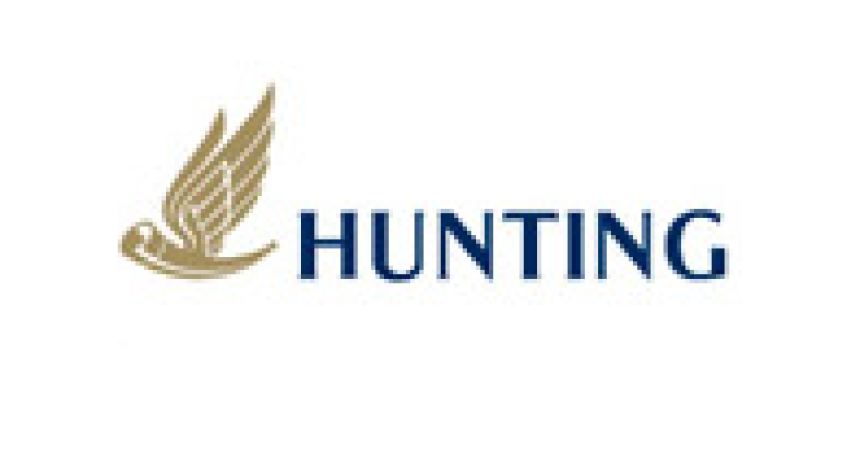
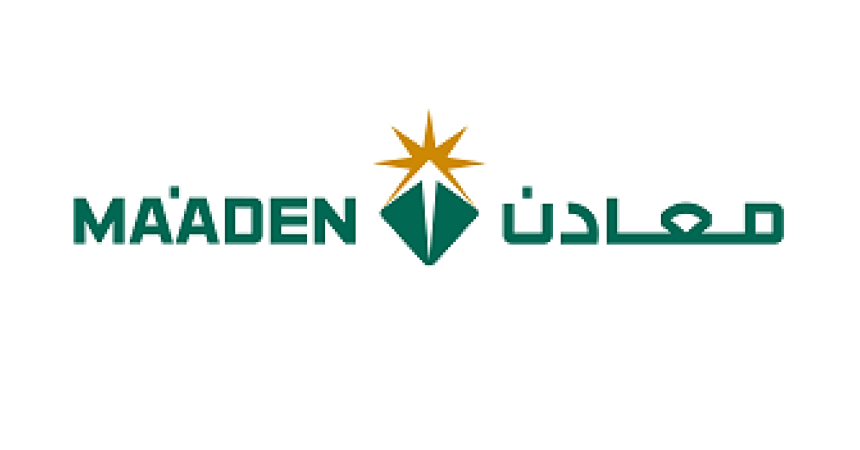
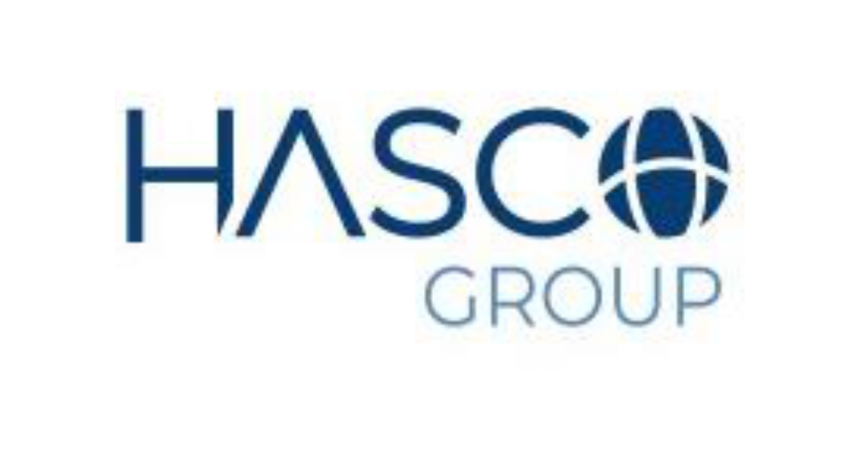


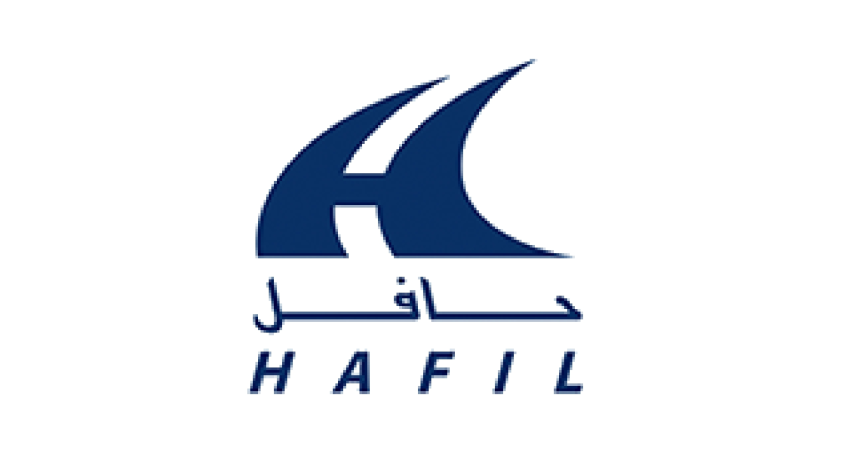

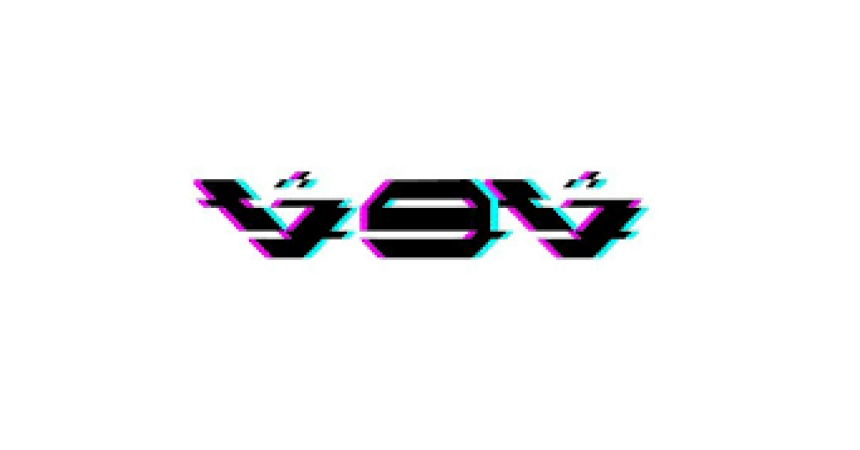


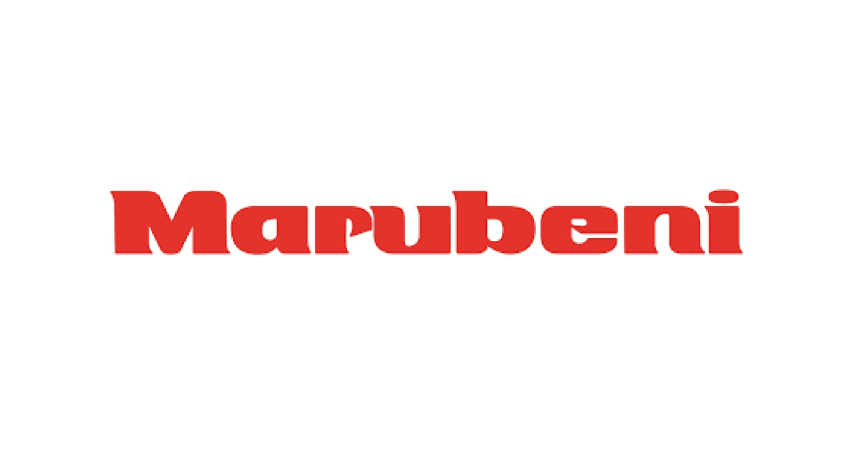


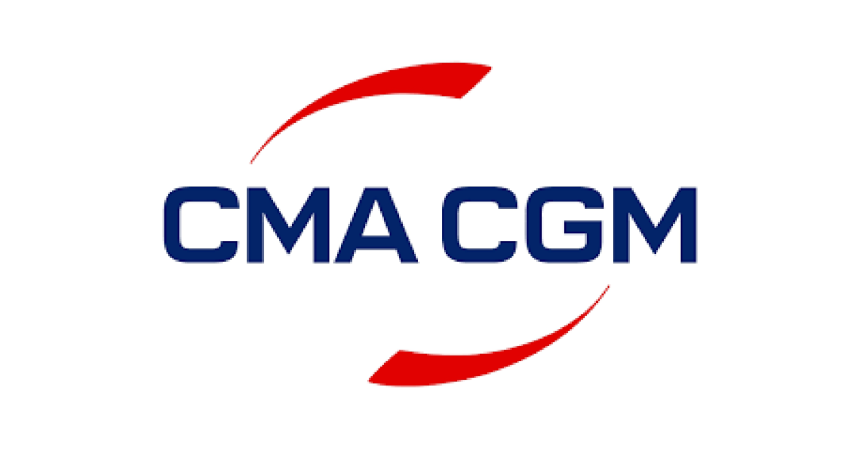

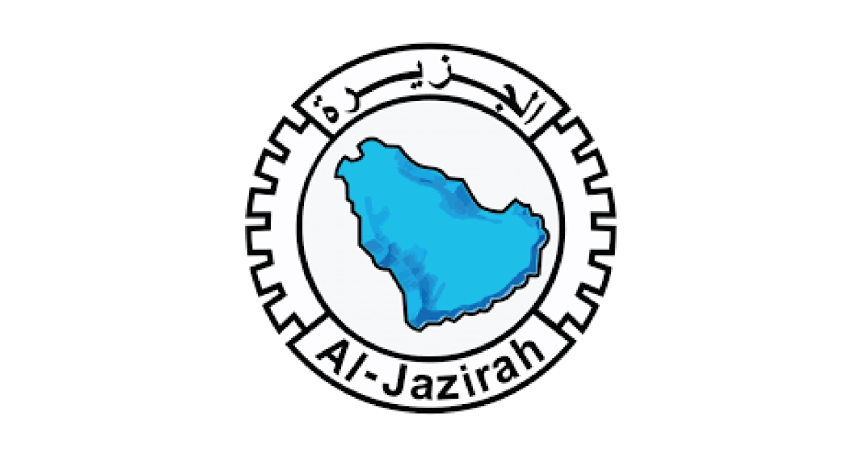
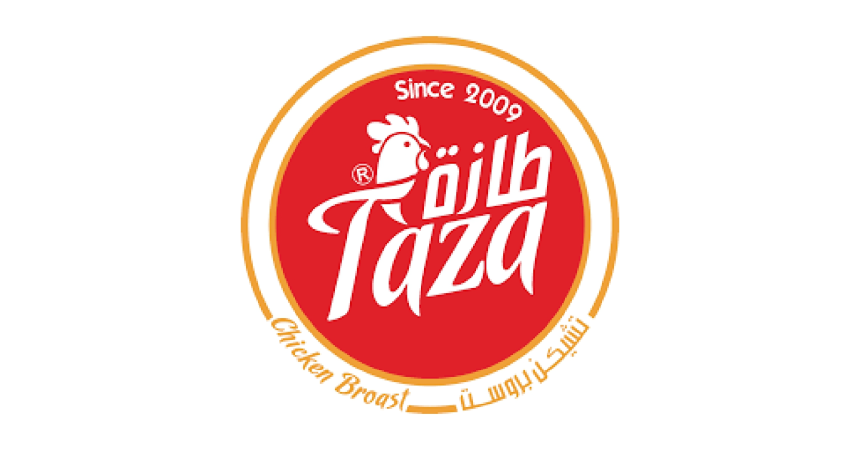
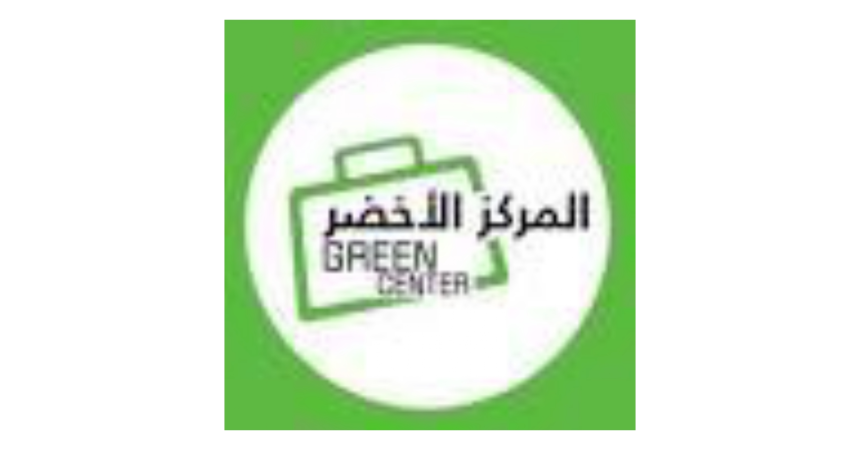
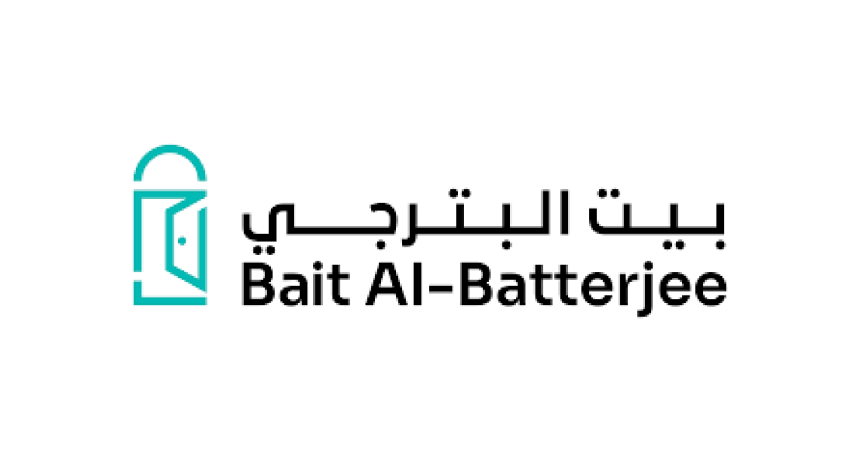


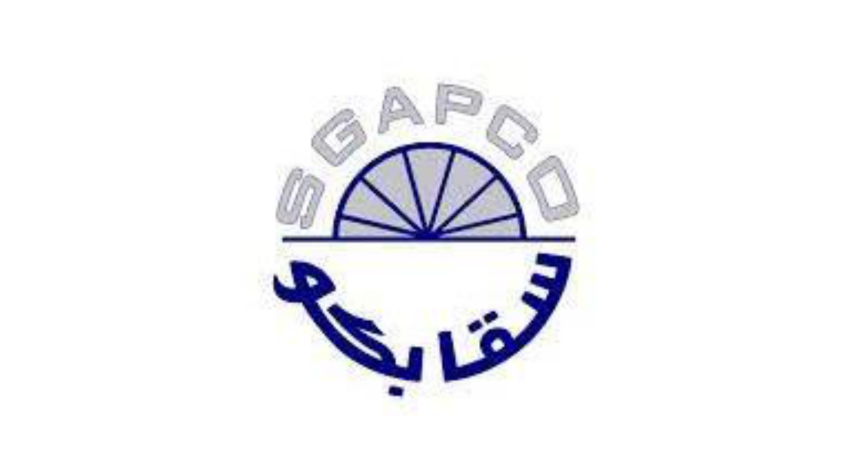

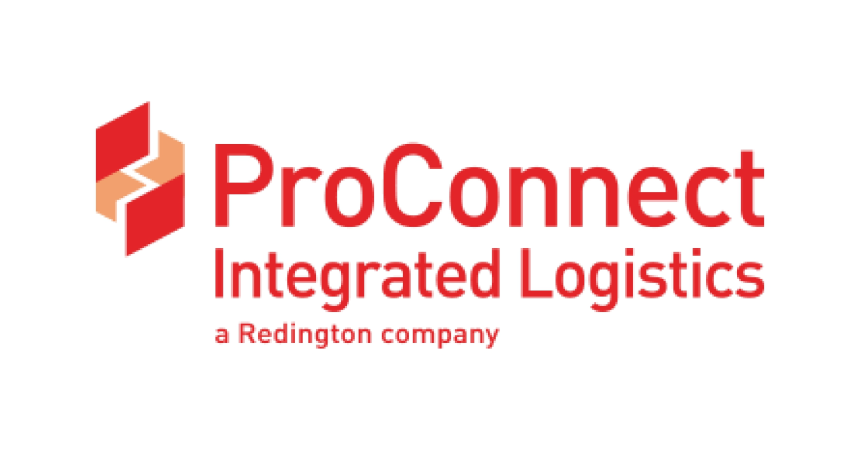




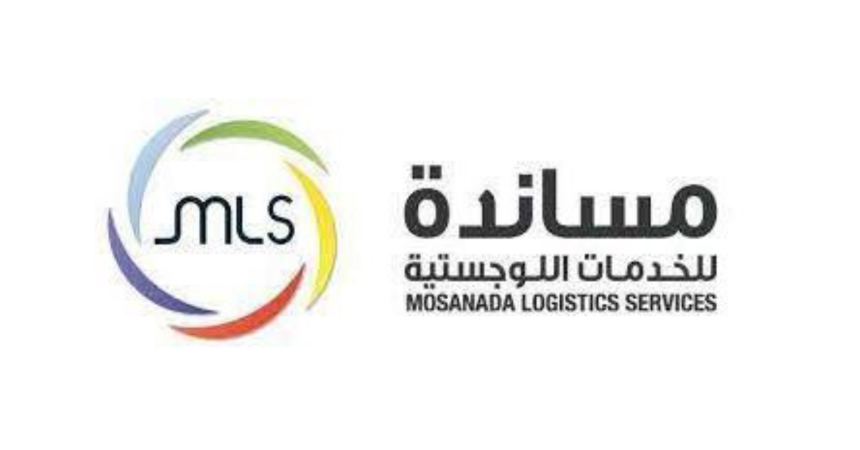

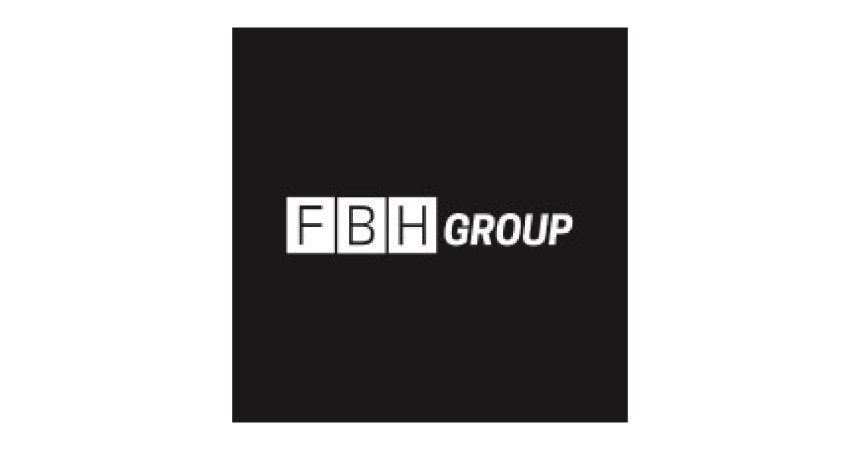

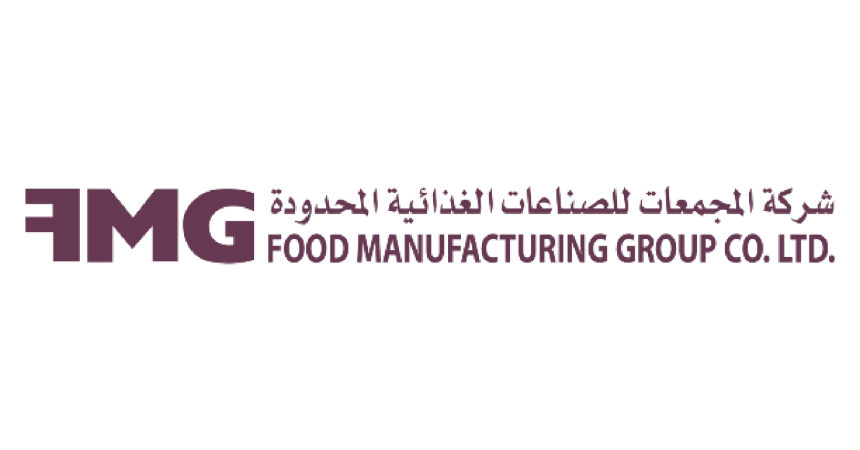


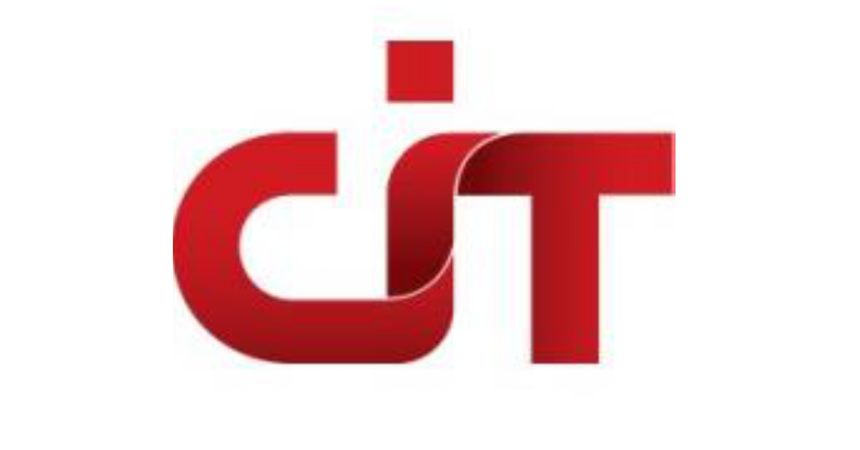



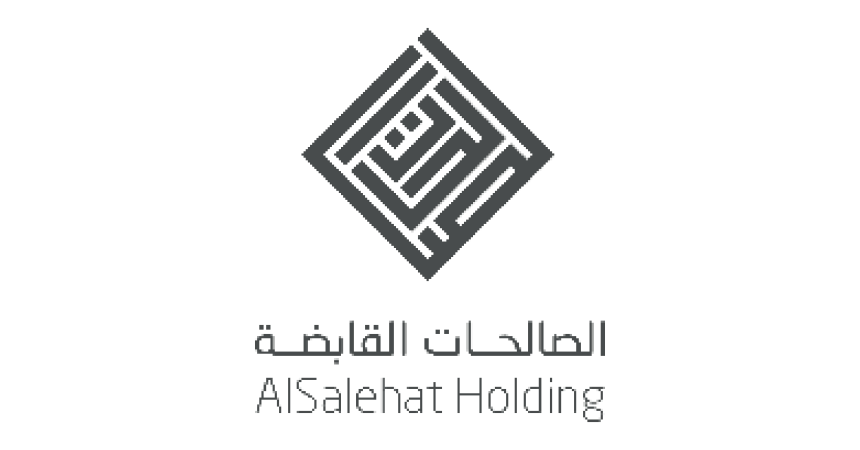
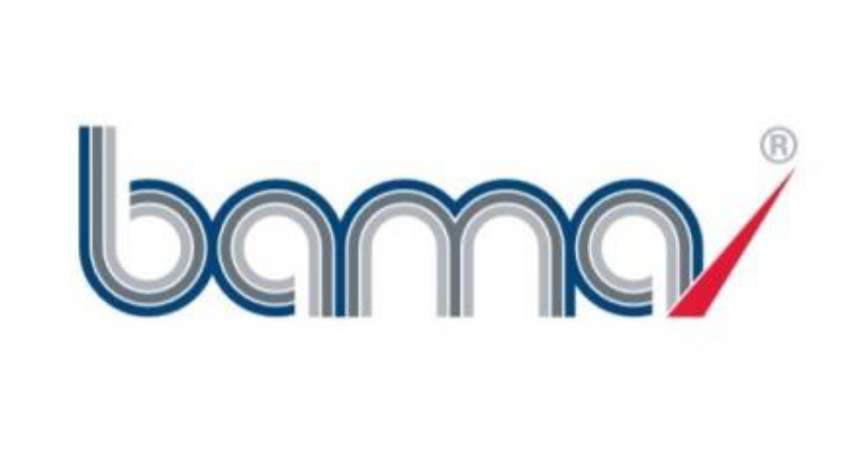

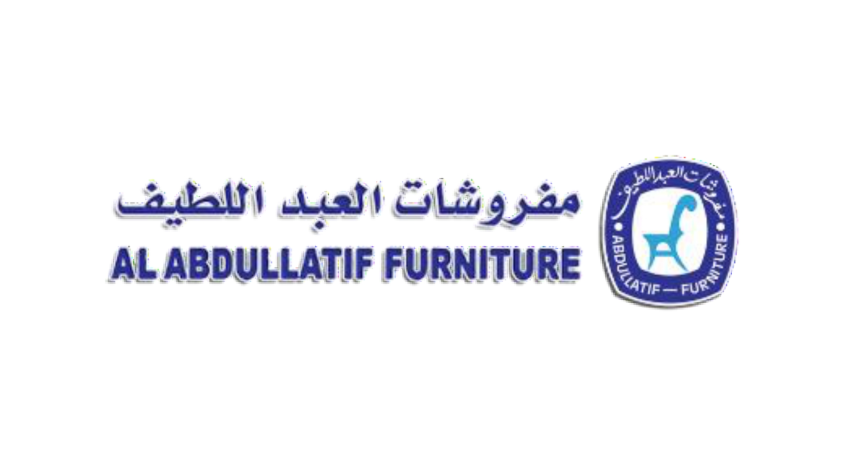
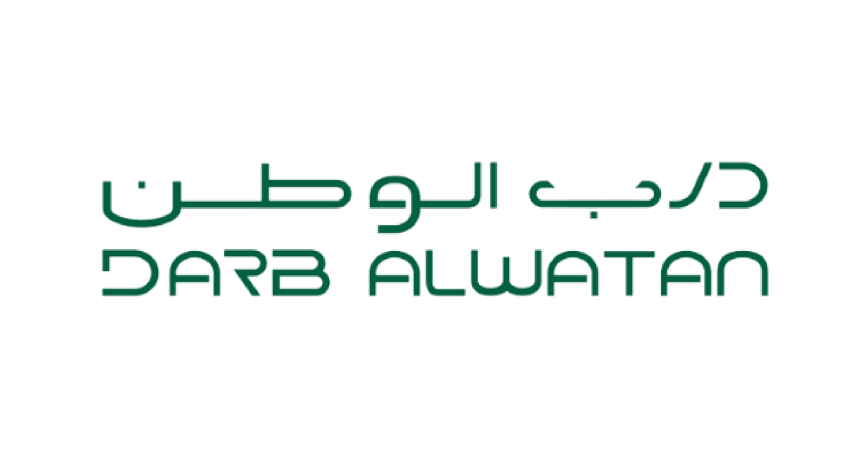

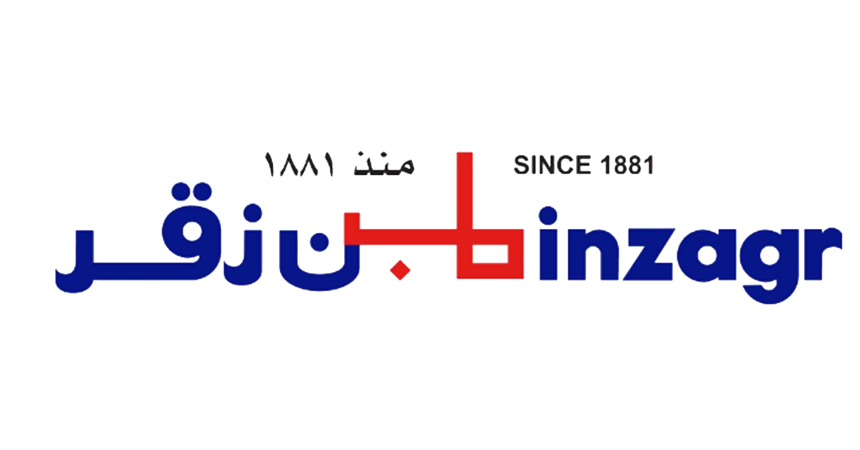
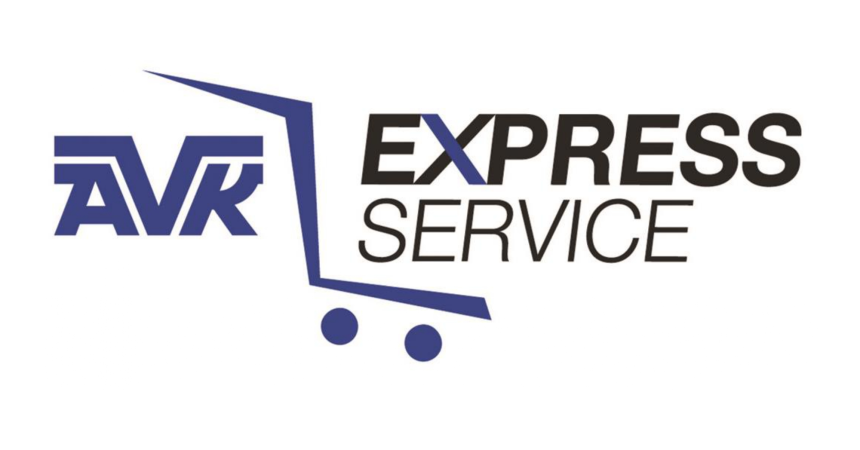

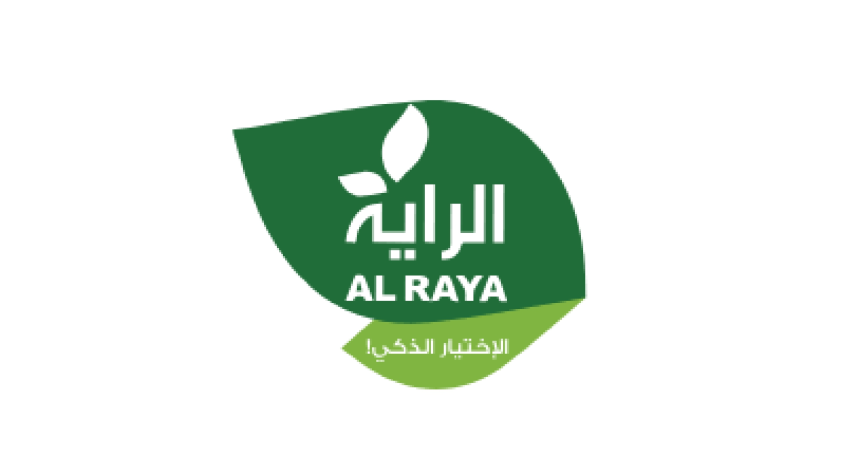
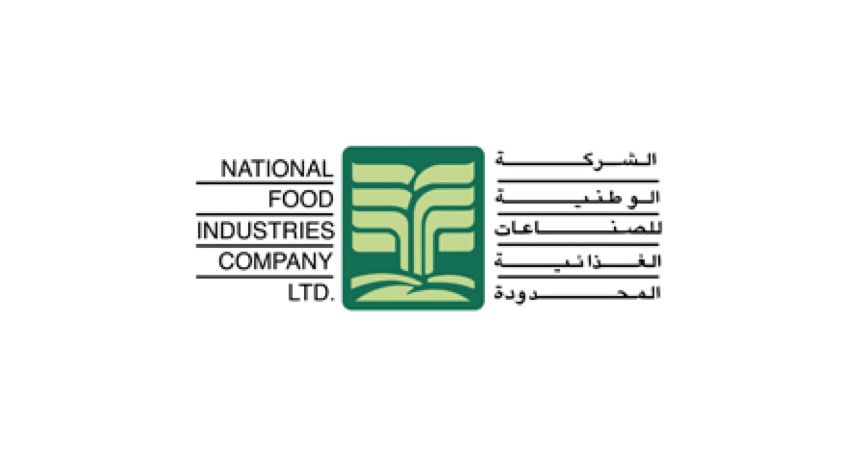

Rope Access
We are an Saudi Arabian rope access and high rise construction company specializing in difficult access and complex facade remediation projects.
Since 2020, TFM has been a mainstay of Saudi Ariabia’s construction and maintenance. Although new technological access have entered the market in recent times, the flexibility of rope access simply cannot be surpassed.
Our mission is to provide our clients with clear and concise solutions that ensure projects are completed efficiently and safely, whilst maintaining the highest level of quality.
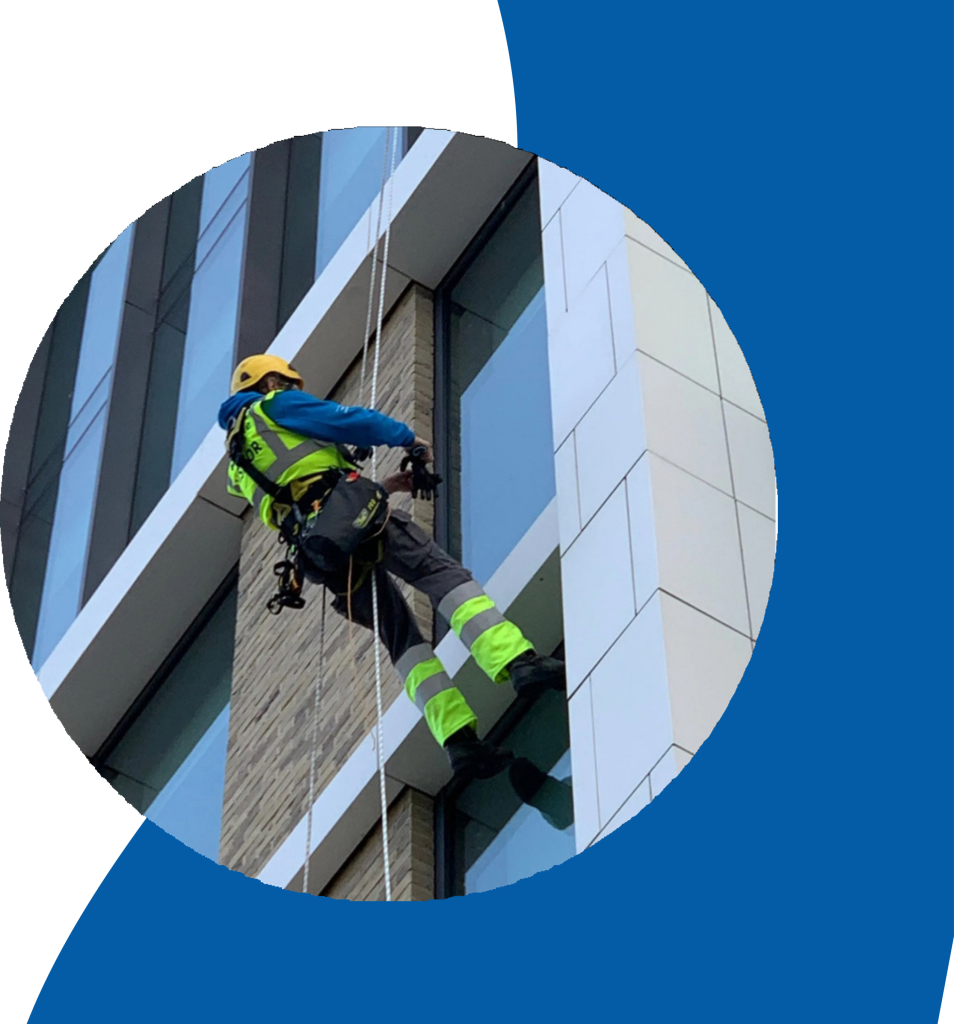

Vertical Professionals
TFM Rope Access holds international certification in Quality (ISO 9001:2015), Safety (ISO 45001:2018), and Environmental (ISO 14001:2015) management. This integrated management system guarantees high quality service, high standards of safety, and minimal impact on the natural environment. We are committed to implementing the ISO Integrated Management Systems for Quality, Safety, and Environment, to promote accountability and responsibility at senior management level, and through all levels of the company. We invest in our people through regular training and career progression, to achieve the best contribution and highest ethical behaviour from all employees.
Towering Above Others
- Experienced Tradespeople :Trade qualified rope access technicians experienced in commercial and industrial projects.
- Quality Components & Materials :We only use tested and proven materials that are industry standard in their respective fields.
- Compliant Installation :All employees are qualified tradespeople providing compliance for trade works and warranties on assets.
- Complete Planning & Management:Our project and operations managers ensure efficiency is maintained and projects are completed with minimal disruption.
- Safety Management :We adhere to stringent safety standards and independently audit our safety systems.
- Peace of Mind :Specialist high risk public liability, professional indemnity and workers compensation insurance.

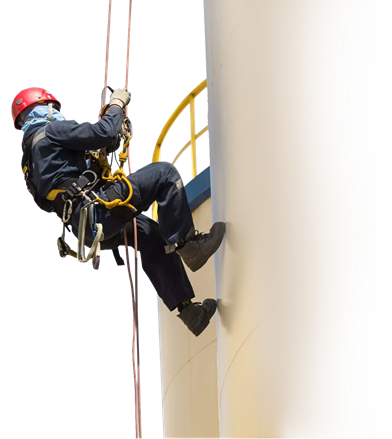
RIigged up & ready for everything
- Glass & Glazing
- Rope access, Remedial work
- Water leak detection & repair
- Signage Removal & Installation
- Facade maintenance & inspection
- Construction Work
- Painting
- Telecommunication System
- High safety installation, inspection & re-certification
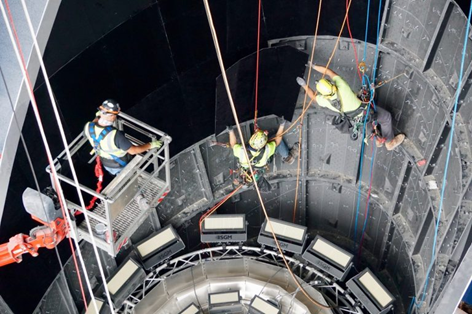
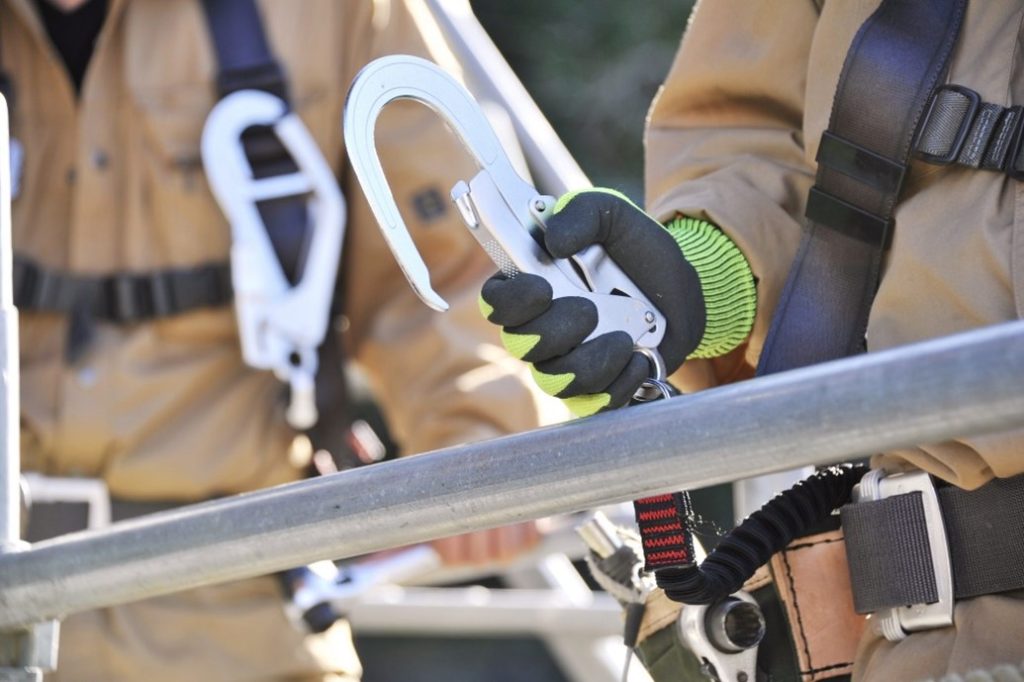
To learn more call our Services Specialist at +966 55 501 9365
Get In Touch
FAQs
IRATA companies complete their work with confidence and assurance, the certainty of expertise and the value of a service that has proved itself around the world. The training given to IRATA technicians follows a strict work based syllabus that delivers highly committed personnel who are determined to deliver on safety, quality, and efficiency. Those conducting the training are rope access experts, not general work-at-height instructors, and have many years of experience.
The IRATA assurance of safe and responsible working is based on:
Audited and regularly re-audited member companies;
Robust membership entry criteria;
Many thousands of rope access technicians who have been thoroughly trained and are required to re-train every three years;
The independent assessment of every IRATA trainee technician wherever in the world he or she is trained;
An unrivalled level of site supervision;
Mandatory work procedures that are consistent wherever IRATA teams operate.
Structural inspections and non-destructive examination (NDE)
Rigging Installations
Welding
Sealant installation and surface preparation
Sand blasting and pressure washing
Concrete repair
Instrument installation
Painting
Rock scaling and anchoring
Photography and cinematography
Set installation
Geological surveys
Civil, structural, and geo-technical engineers
Operations and maintenance workers
Construction workers and painters
High-rise window cleaners
Motion picture and theatrical set personnel
Tower and antenna installers
Offshore Platforms
Modern rope access equipment, techniques, and training can be combined to produce an exceptionally safe, versatile, efficient, and cost-effective way to solve vertical access problems.
Rope access is safe. Independently-certified rope-access technicians uphold an enviable safety record and few lost time incidents while working on rope.
Rope access is versatile. Technicians can apply the techniques in a wide variety of environments, from confined-space penstocks to massive concrete structures to complicated steel installations. Unlike traditional access methods, custom rope-access solutions can be designed to fit various applications quickly and inexpensively.
Rope access is efficient. Systems are installed and dismantled quickly and often require fewer personnel than traditional access methods. Rapid deployment limits disruption to facility operations by minimizing downtime.
Rope access is economical. Fewer personnel, faster completion, less equipment, and minimal downtime mean lower costs.
Rope access is a flexible form of work positioning, which allows workers to access difficult-to-reach locations without the use of scaffolding, cradles, or an aerial work platform. Generally, a two-rope system is employed: the working rope supports the worker and the safety rope provides back-up fall protection.
Direct entry is available to candidates who can show proof of their experience in rope access. The requirements for direct entry into Levels II and III are outlined in section 4.5 of SPRAT’s Certification Requirements for Rope Access Work. Please note that all documentation related to direct entry must be approved by the Evaluations Committee in advance of the session. Interested candidates should send all documentation in addition to a Direct Entry Candidate Pre-Approval Application via email to [email protected] for submission to the Committee no less than six weeks in advance of the scheduled evaluation session. Please note that a $125 Direct Entry Application Fee will be assessed at the time of submission. This fee does not cover the certification processing cost assessed following the completion of a successful evaluation.
Technicians may also progress through three levels as time, experience and training allow; each demanding a greater knowledge of the rope access skills necessary at the worksite. Both SPRAT and IRATA have three levels of certification available to interested rope access technicians. Generally, the experience requirements in terms of logged hours and time are higher for IRATA.
Level I Technician
An individual who performs rope access work. A Level I Technician may only work under the direct, on-site supervision, which is interpreted somewhat differently by SPRAT and IRATA.
Level II Technician
An individual who is trained in advanced methods of access, rigging, and rescue. In the SPRAT system, a level II can have supervision responsibilities.
Level III Technician
An individual who has extensive training in advanced methods of access, rigging, and rescue, and who is responsible for the overall rope access work site, including risk assessments, access, rigging, and rescue plans.
The choice between SPRAT or IRATA certification may depend on the specific employer, industry, or geographical region in which you intend to work. If that is somewhat difficult to nail down, then dual, SPRAT-IRATA Level 1 certification is a good bet.
What is the The Industrial Rope Access Trade Association (IRATA) and the Society of Professional Rope Access Technicians (SPRAT) are both organizations that seek to promote safety and develop standards for rope access. Extensive information can be found on their websites. The information provided below is a summary of some key points of comparison that may help in understanding what these organizations do and how they differ.
Both IRATA and SPRAT were formed to address the needs of companies that were already engaged in rope access work, before relevant regulations and standards existed. IRATA led the way and SPRAT modeled their organization on what IRATA had already created successfully for the UK and Europe.
However, there are some key differences at the level of membership and certification that are worth noting:
IRATA membership is exclusive to rope access companies that undergo an application and audit process. This means that IRATA operations and training are offered only by member companies whose program is regularly audited and reviewed to assure quality. SPRAT does not assure the quality of their member companies.
IRATA requires 4 days minimum training prior to assessment, as part of the certification process. Within the SPRAT scheme, training is required prior to initial certification at any level but is only recommended when recertifying at the same level.
The upgrade requirements for IRATA are currently double what SPRAT requires. Since the experience hours logged must meet certain requirements, the road to an IRATA upgrade is significantly longer. This is bad news for someone looking to fast track the process. However, the higher requirement means that IRATA technicians gain more experience before becoming responsible for the overall safety of a rope access site.
RIG offers dual training and certification for both IRATA and SPRAT. To become an IRATA or SPRAT certified technician, all candidates will be required to attend a four-day minimum training session and final day comprised of a written test, verbal test, and a hands-on physical performance based test assessed by an independent IRATA Assessor or SPRAT Evaluator. To be eligible to test at each level, there may be additional requirements. Certification is valid for three years.
A rope access certification provides instant recognition and credibility for the Technicians who carry it, and the companies who invest in it. In turn, companies that hire rope access services will look for either an IRATA or SPRAT certification, and will know you offer the industry’s best in technical achievement.
Unlike many traditional access methods including scaffolding & heavy machinery, rope access methods are versatile, cost-effective, efficient & quick, extremely safe, and even environmentally friendly.
Versatile Accessibility: Industrial Access is able to develop solutions for structures, industrial concrete chimneys, steel smokestacks, ductwork, bridges or dams utilizing less manpower, time, scaffolding and heavy machinery than traditional access methods. Reaching difficult spaces or tight locations may be expensive and time consuming using other methods, but rope access techniques provide a quick & safe way to reach these work areas.
Cost Effective: By reducing material and labor costs, we save clients time and money. The ongoing rental fees and repetitive labor tasks required to erect, move and remove scaffolding are eliminated. Fewer personnel can accomplish tasks faster which means minimal downtime & lower overall costs.
Fast: Rope Access allows us the ability to gain access to any part of your building using minimal time, space, and equipment. This keeps overall job time down, contributing to cost efficiency. Plus, rope access systems are installed & dismantled quickly which means there will be less interference with other facility operations.
Rope Access Industrial ServicesMinimal environmental impact: Our specialized ropes, techniques, and equipment allow our service crew to finish your chimney job with minimal environmental impact. All of the rope access techniques and equipment we use has a minimal effect on the surrounding environment compared to traditional access methods. We have also developed specialized techniques for the removal, containment and disposal of waste materials that meet all environmental guidelines as well as good construction practices. We keep noise, exhaust fumes, and heavy machinery to a minimum to be less disruptive to clients & facility neighbors.
If you have a project that requires access to tall structures or difficult-to-reach spaces, you should consider rope access services. Speak with any of our rope access professionals to find out how we can provide a quick & cost-effective solution for all of your industrial service needs.
The cost of rope access services varies depending on the scope and complexity of the project. Factors that influence the cost include:
Project Duration: Longer projects will naturally incur higher costs due to labor requirements.
Complexity of Work: Tasks that require specialized skills, such as welding or structural inspections, can be more expensive than general maintenance.
Location and Accessibility: The more difficult the area is to access, the more time and resources may be needed.
Rope access often proves to be more cost-effective compared to traditional access methods, such as scaffolding or heavy machinery, as it eliminates the need for extensive setup and teardown. This makes it an attractive choice for short-term projects or tasks in difficult-to-reach locations.
Safety is a top priority in rope access work, and stringent protocols are followed to protect both the workers and the site. Key safety measures include:
Certification Requirements: Technicians must be certified by recognized bodies such as the Industrial Rope Access Trade Association (IRATA) or the Society of Professional Rope Access Technicians (SPRAT). These certifications ensure that workers have undergone rigorous training in rope handling, safety procedures, and rescue techniques.
Pre-Work Risk Assessments: Before any rope access work begins, a thorough risk assessment is conducted to identify potential hazards and determine the safest approach.
Use of Personal Protective Equipment (PPE): Technicians use industry-standard PPE, including helmets, harnesses, and lanyards. Equipment is regularly inspected and maintained to ensure optimal performance.
Emergency Rescue Plans: Each job has a detailed rescue plan in place, and technicians are trained in emergency response techniques to handle potential incidents.
Rope access is known for its quick setup and minimal disruption, which often leads to shorter project timelines. Here’s what you can expect:
Fast Setup: Unlike scaffolding or aerial lifts, rope access requires minimal setup time, which can reduce the overall project duration.
Efficient Execution: Technicians can swiftly move between work areas, optimizing productivity and minimizing downtime.
Short-Term Projects: Rope access is ideal for short-term maintenance tasks or repairs where speed is essential. In some cases, jobs can be completed in a single day.
For larger or more complex projects, timelines may extend based on the scope of work. However, rope access remains one of the most time-efficient solutions for accessing difficult locations on construction sites.
Yes, there are several legal requirements for using rope access, which aim to ensure safety and compliance:
Certification Requirements: Technicians must have up-to-date certifications from recognized bodies like IRATA or SPRAT. In some cases, project-specific permits may also be required.
Insurance Coverage: Make sure that the rope access company has proper liability insurance and workers’ compensation coverage. This protects the property owner and contractor from liability in the event of an accident.
By partnering with a qualified and experienced rope access provider, project managers can ensure legal compliance and reduce potential risks.
Rope access offers several advantages over traditional access methods, such as:
Cost Savings: With minimal setup and teardown, rope access can be more affordable than scaffolding or lifts, which require more time and equipment.
Flexibility: Technicians can quickly adapt to changing worksite conditions, making rope access suitable for complex or dynamic projects.
Minimal Disruption: Rope access equipment is less intrusive, allowing for work to be carried out without disrupting other site activities.
Environmentally Friendly: Since rope access doesn’t require heavy machinery, it has a smaller environmental footprint.
